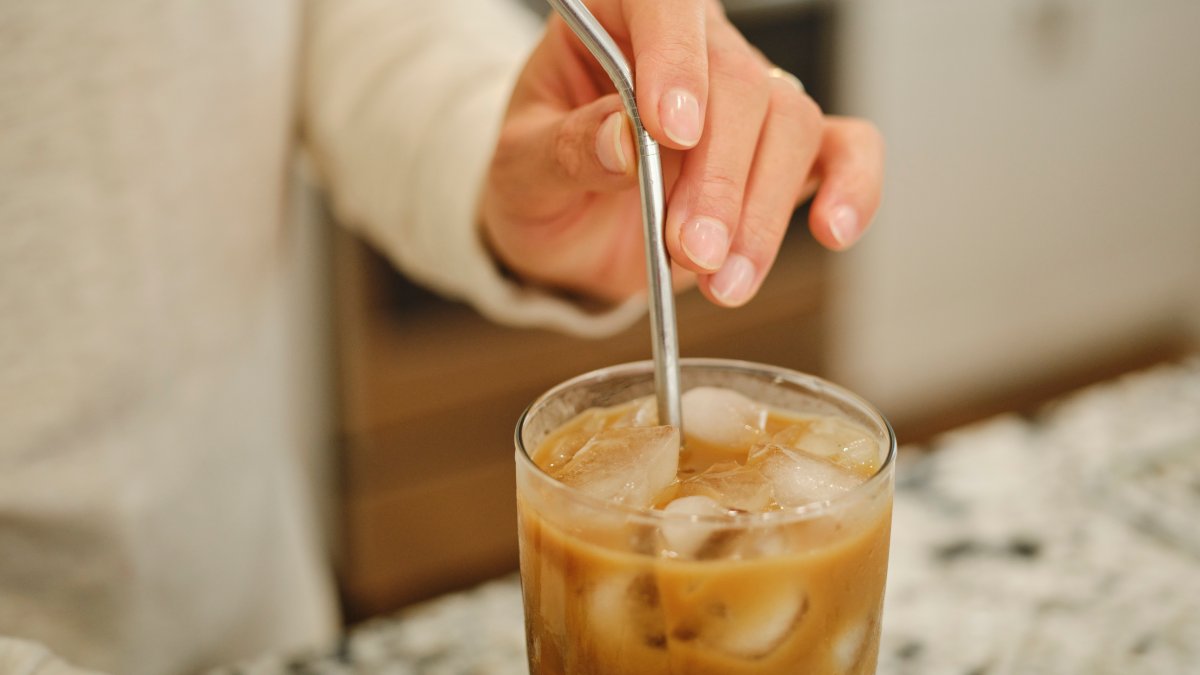People are buying more iced coffee — often where it’s pricier.
Call it a convenience premium, but in a year when coffee prices have hit record highs, getting a cold caffeine fix on the go this summer could dent your wallet more than you’re used to. Now, many consumers are finding better bargains in grocery stores and by brewing at home.
At cafes and restaurants, 35% of coffee orders are cold, up 7 percentage points since 2017, said Darren Seifer, a food and beverage analyst at the research firm Circana. But as coffee drinkers have long known, cold orders tend to be costlier.
During the first quarter, U.S. consumers paid $3.08 on average for a cup of regular coffee, $5.14 for cold brew and $5.46 for a latte, according to digital payments processor Toast. Typically higher-priced cold drinks — like iced shaken espressos and matcha tea lattes — helped Starbucks offset a traffic decline in the second quarter.
“If you want the cheapest option, go ahead and get it at a retailer,” said Seifer, adding that convenience stores also “might be able to undercut quick-service restaurants’ pricing a little bit.”
Some consumers are already shying away from coffee counters.
From March 2023 to March 2024, 60% of iced coffee spending was on drinks bought outside the home, down from 68% four years ago. At the same time, dry conditions in key growing regions have been pushing up global coffee prices even as the coffee sold at U.S. grocery stores is getting a bit cheaper. Prices were 1.6% lower in June than the year before, federal data shows.
Fortunately, coffee lovers have growing options for enjoying a cold cup in their own kitchens.
In April, instant coffee maker Nescafé unveiled its “first-ever cold-liquid-dissolvable coffee,” which yields dozens of cups from bottles retailing for a suggested $7.39 apiece, a couple dollars more than a single 16-ounce iced coffee at some Starbucks locations after tax. The company said it has seen “growing demand for espresso-based and cold coffee beverages — alongside an increasing interest in making these café-quality beverages from home.”
Later this year, Keurig is rolling out a “K-Brew+Chill” machine for at-home iced coffee lovers. The device, which the company said will be priced around $200, promises to brew hot coffee and then cool it down to a temperature “as cold as the coffee shop” in three minutes or less.
“That next evolution is really being able to bring coffee-house-style beverages back into the home and onto the counter,” Josh Hulett, senior vice president of product management, said in a recent promotional video.
Some of that evolution has been years in the making. During the pandemic, many Americans went from grabbing coffee on the way to the office to fixing their own on the way to the couch. While grocery-aisle brands like Nestlé and Keurig look to reinforce that habit, cafe operators are trying to keep cold-coffee drinkers coming back. And brands that sell in both settings are trying to do both.
Dunkin’, for example, is looking to woo consumers toward its line of iced coffee and “refreshers” this summer, promoting them under the banner of “Big Dunkin’ Iced Energy.” The company also recently relaunched its on-the-go and at-home iced coffee bottles on retail shelves.
Smaller operators are also trying to chase customers who might not want to pay a barista $5 or more to pour them cold brew from a jug.
This story first appeared on NBCNews.com. More from NBC News:
